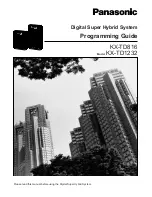
13
4.
As soon as you enter the water, take a moment and check to see
that the housing is properly sealed. If possible, first water test the
housing with no camera inside to assure a safe and watertight
environment.
5.
Submerge the housing at the surface of the water and visually
confirm that there are no signs of water intrusion or a steady stream
of bubbles coming from one of the housing’s seals. If water does
appear to be entering the housing, point the lens port downward
and return the housing to the surface as quickly as possible. Please
observe all necessary safety precautions. NEVER ascend faster
than accepted safety limits.
6.
Use your hand to gently flush away any small bubbles that may be
on the face of the lens port. Bubbles will produce soft focus spots in
your photo or video.
Setting Up An External Strobe
When a compatible Ikelite DS strobe is attached via sync cord,
circuitry built into the housing allows the strobe to communicate
directly with the camera to trigger the strobe and adjust its power for
perfect exposure.
Strobes from SEA&SEA, INON, and Nikonos attached by electrical
sync cord are not capable of powering the TTL circuitry built into this
housing. These strobes must be used in manual power modes when
connected via electrical sync cord.
Attaching a Sync Cord
A bulkhead cap or sync cord must be attached to the housing for
waterproof operation. Never submerge the housing without either
a sync cord or waterproof bulkhead cap attached.
1.
Remove the bulkhead cap.






































